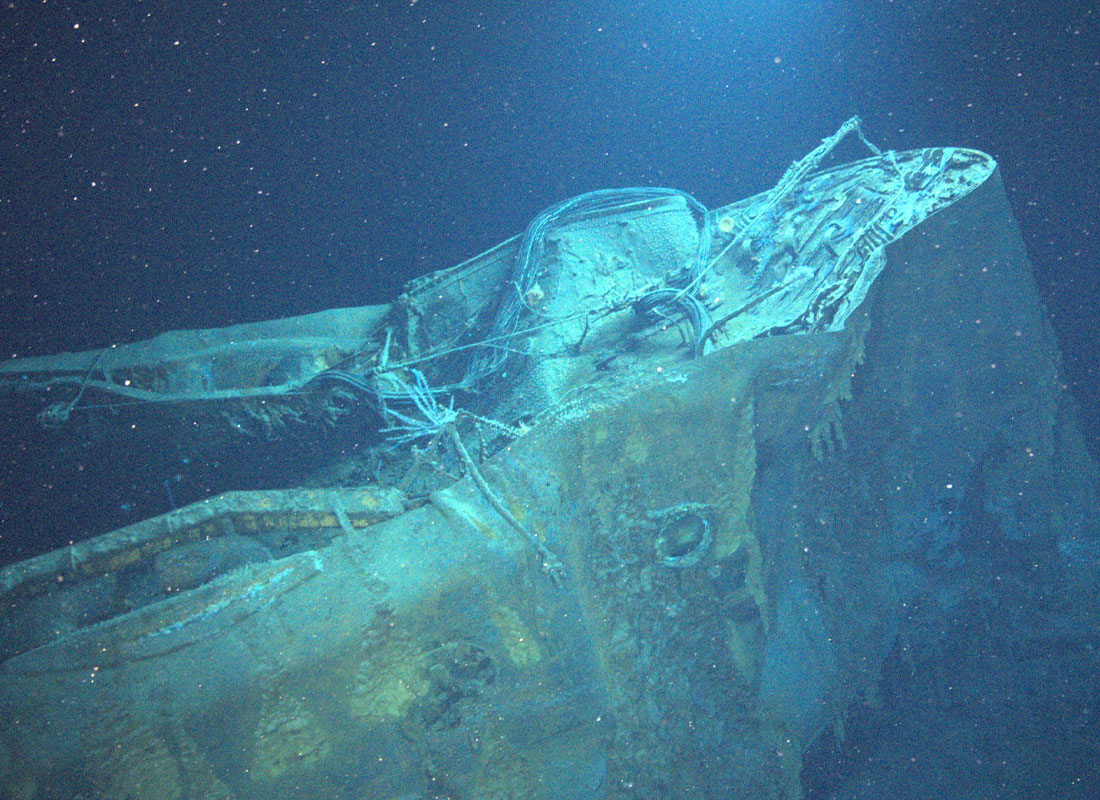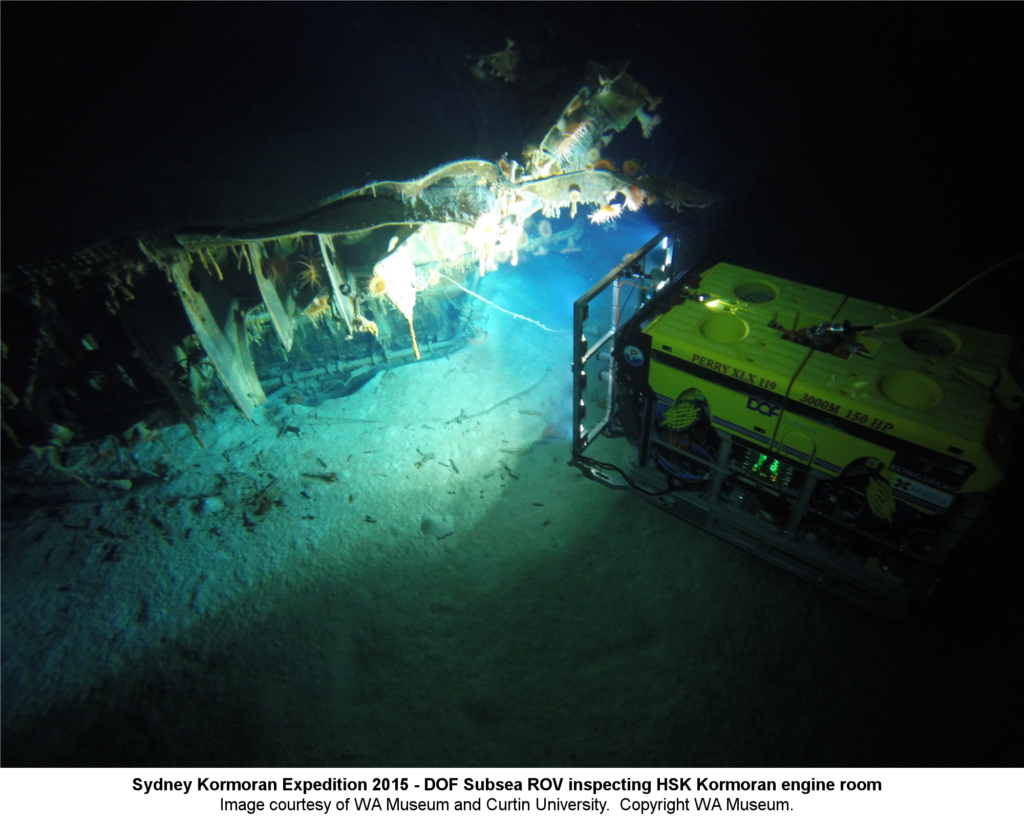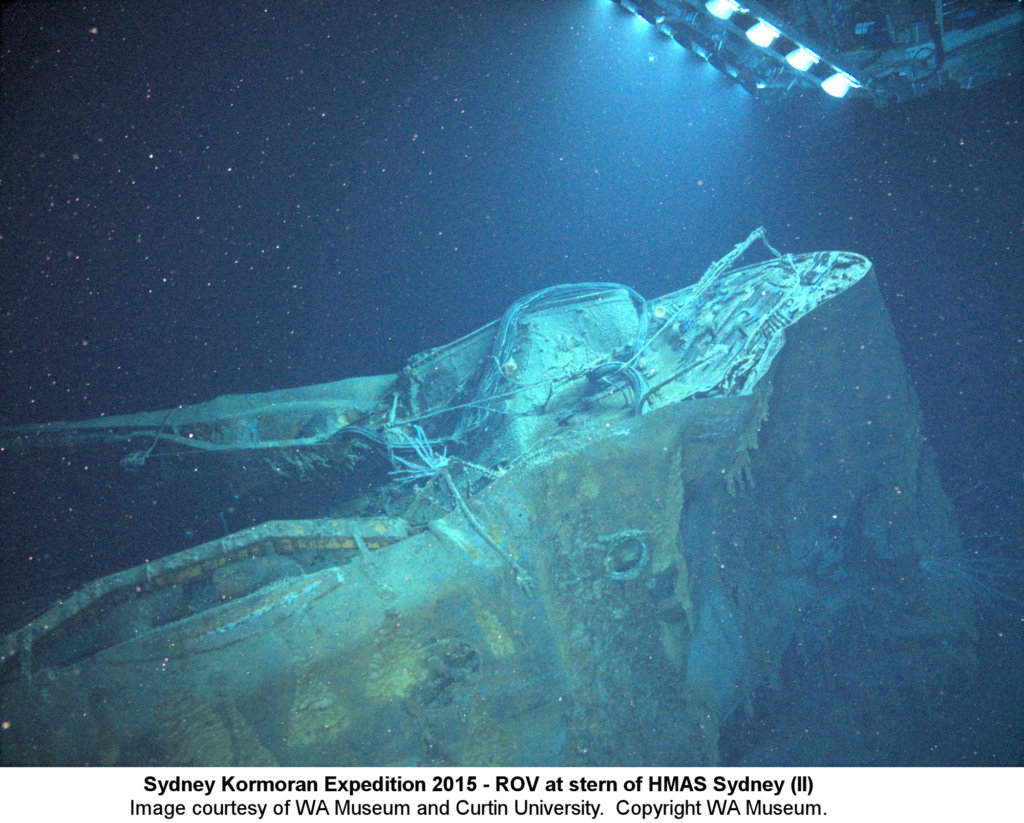
More than just the remnants of an unfortunate accident at sea, shipwrecks are a window into both the past and a unique cultural history. For example, by deciphering the cause of a shipwreck, engineers and captains are able to make design changes and piloting improvements to ensure history does not repeat itself. We can also gather important information about societal trends and culture from a ship’s architecture and the remnants found in a wreck.
In addition to the history and cultural aspects, the way in which a wreck corrodes and the effects it has on the surrounding marine life also teaches us a lot about the ocean itself. From the cause of a ship’s fate to its connection to important historical events, there is so much to be revealed from a single wreck.
And the team at Curtin University’s HIVE (Hub for Immersive Visualisation and eResearch) are doing just that. Since 2015, the HIVE team has been working to collect imagery and data around three famous shipwrecks — the wrecks of HMAS Sydney II and HSK Kormoran off the coast of Western Australia, and the HMAS AE1 wreck off the coast of Papua New Guinea. This information is being used to create fully 3D, immersive virtual heritage experiences of the wrecks.
By sending two underwater remotely operated vehicles fitted with customised cameras and lighting gear more than 2 kilometres to the seafloor, Curtin researchers and partners have collected more than 500,000 highly detailed images of the Sydney and Kormoran wreck site. The images are used to generate complex digital 3D models of shipwreck sites to allow us and future generations to experience these historic time capsules in scientific detail.

To perform the 3D reconstruction, we require heavy computational processing resources. This is where Fujitsu comes in. Supplying us with local computational power, Fujitsu has enabled us to process massive datasets so we can create accurate 3D models and virtually transport people to these preserved underwater shipwrecks.
Andrew Woods, Associate Professor, Curtin University
Thanks to this technology, Curtin researchers and partners have been able to create visual frameworks to tell the stories of the vessels, the passengers and the marine life that exists so far below the ocean’s surface. Deeply technical and highly computationally intensive, these shipwreck projects are about so much more than creating 3D models of vessels.
The stories of these shipwrecks are very human stories — stories of incredible loss and adversity. These vessels were lost during both World War I and World War II, and while the direct living memories of these days are passing, the wreck sites remain as a reminder of those significant times in history. The virtual recreations of these sites that we are creating will serve as a lasting reminder of those stories.
Andrew Woods, Associate Professor, Curtin University
At the moment, snippets of the amazing content from the shipwreck projects are available for public viewing in exhibits at the Australian National Maritime Museum in Darling Harbour in Sydney and the new Boola Bardip Western Australian Museum in central Perth. In the future, the completed 3D underwater virtual heritage experiences will be accessible to Australian audiences across the country.

The application of this technology is already being explored in other areas within the university that also require large-scale dataset processing. From mapping reef systems to creating 3D models of meteorites and rock outcrops, the new data processing workflow that the HIVE team have created with support from Fujitsu has many opportunities outside of shipwreck modelling and mapping — and the team is excited to see where else it can be used.
Keeping the stories of these shipwrecks alive is not only important for learning about our history and from the failures of the past, but also important for paying homage to real lives lost during those times and preserving memories for future generations.
Andrew Woods, Associate Professor, Curtin University
With the technology and workflow being achieved by Curtin University — and with the help of Fujitsu, the Western Australian Museum, the Australian National Maritime Museum, the Pawsey Supercomputing Centre and the Australian Research Council (LP180100284) — these visual experiences will unravel the history of the vessels for years to come.
Accelerate your AI initiatives: Prototype to Production
Join Fujitsu, NetApp, and NVIDIA on Wednesday 15 September as we take a deep dive into assessing the power and scale of machine learning for ANZ’s research and scientific community. This interactive session will cover key topics such as modernising your toolset, test-driving AI, and AI in action.
This session will also include a real-time demonstration of MLOps in action and discussion on how organisations are creating the right technical architecture.
Places are limited so get in quick and register now to secure your spot.
Date: Wednesday 15th of September
Time: 11 AM – 12 PM AEST (or 1 PM – 2 PM NZST)
Location: Online









